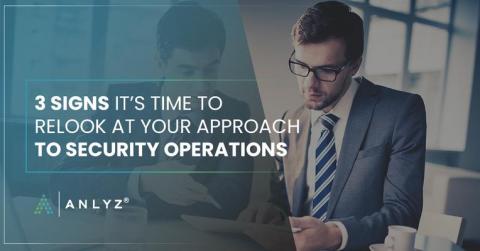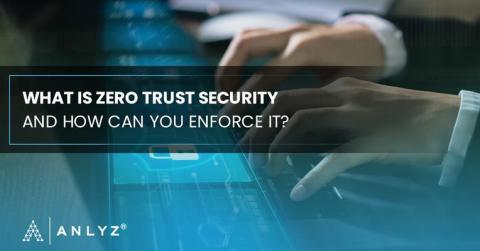Types of malware analysis procedures | Anlyz
Did you know that 4.1 billion sensitive records were exposed in the first half of 2019 due to data breaches? Poor cybersecurity practices and the lack of awareness about the growing sophistication of threat elements are still the primary reasons for malware intrusions into enterprise systems. Cybercriminals are becoming increasingly efficient in packaging the malicious entities in forms that do not raise suspicion - for instance, an MS Word file or an email attachment.



